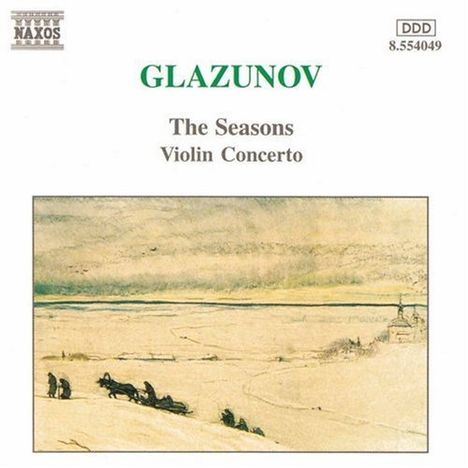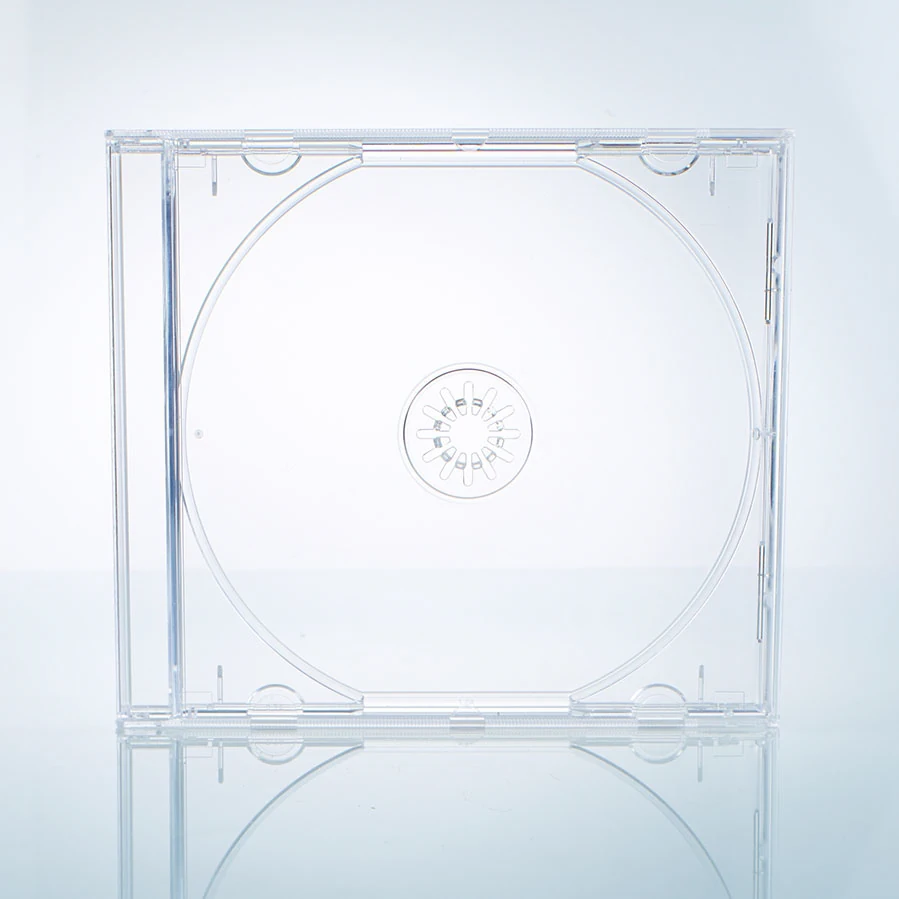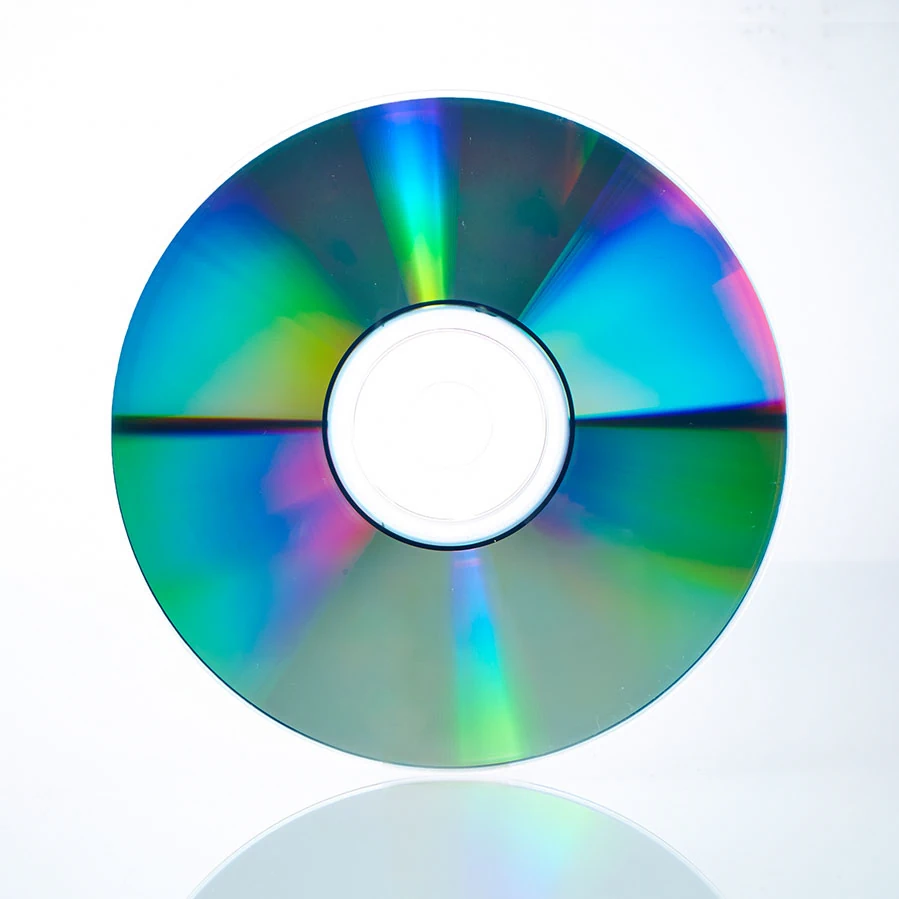Alexander Glasunow: Violinkonzert op.82 auf CD
Violinkonzert op.82
Herkömmliche CD, die mit allen CD-Playern und Computerlaufwerken, aber auch mit den meisten SACD- oder Multiplayern abspielbar ist.
Lassen Sie sich über unseren eCourier benachrichtigen, falls das Produkt bestellt werden kann.
+Die Jahreszeiten op. 67; Konzertwalzer op. 47
- Künstler:
- Ilya Kaler, RSO Katowice, Camilla Kolchinsky
- Label:
- Naxos
- Aufnahmejahr ca.:
- 1994/1987
- UPC/EAN:
- 0636943404928
- Erscheinungstermin:
- 24.7.1997
Ähnliche Artikel
Glazunov schrieb sein Violinkonzert in a-Moll 1904 während der Sommermonate nach Beljajews Tod. Es wurde am 4. März 1905 in St. Petersburg von Leopold Auer, dem es gewidmet war, uraufgeführt. Zwei Wochen später spielte Auer's vierzehnjähriger Schüler Mischa Elman das Konzert in London, und eine andere Schülerin, May Harrison, hat einen Bericht über ihre eigene Aufführung des Werkes in St. Petersburg im Jahre 1912 unter der Leitung von Glazunov hinterlassen, nach einer Probe, in der er das Brahms-Doppelkonzert in gleichmäßig langsamem Tempo durchgespielt hatte, was manche seinem gewohnheitsmäßigen Alkoholgenuss zuschreiben.
Die Jahreszeiten wurden für das Russische Kaiserliche Ballett geschrieben und im Februar 1900 am Maryinsky-Theater in St. Petersburg mit einer Choreographie von Marius Petipa uraufgeführt. Es gibt keine besondere Geschichte für das Ballett, das eine Reihe von Tableaus bietet, eines für jede der vier Jahreszeiten, mit einer Musik, die die Tradition der drei Tschaikowsky-Ballette fortzusetzen scheint.
Nach einer kurzen Einführung hebt sich der Vorhang und zeigt den Winter umgeben von Frost, Eis, Hagel und Eis, inmitten wirbelnder Schneeflocken. Für das erste dieser Ballette, Frost, gibt es eine Polonaise, für Eis einen von Bratschen und Klarinetten gespielten Tanz, für Hagel ein Scherzo und für Schnee einen Walzer. Die Kälte des Winters wird von zwei Gnomen vertrieben, die ein Feuer anzünden und die Temperatur für die folgende Szene vorbereiten.
Der Frühling wird von der Harfe eingeläutet und von dem sanften Zephyr, Vögeln und Blumen begleitet. Es gibt einen Tanz für die Rosen, für den Frühling und für einen der Vögel, die sich alle auf den Weg machen, wenn die Sommersonne heißer wird.
Der Sommer spielt in einem Kornfeld, wo Kornblumen und Mohnblumen mit dem Geist des Korns tanzen. Die Hitze erschöpft sie, und während sie sich ausruhen, kommt eine Gruppe von Najaden zu einer Barcarolle und bringt das Wasser, das die Blumen brauchen. Es gibt einen Tanz für den Geist des Korns, begleitet von einem Klarinettensolo und einer Coda, unterbrochen von einem Versuch von Satyren und Faunen, den Geist zu entführen, der durch das Eingreifen des Zephyr vereitelt wird.
Ein wilder bacchischer Tanz leitet den Herbst ein. Es gibt kurze Auftritte des Winters, des Frühlings, des Vogels und des Zephir, die an das nun vergehende Jahr erinnern. Es gibt einen Tanz für den Sommer, und dann setzt die Bacchanale wieder ein, die durch zahlreiche fallende Blätter beendet wird. Die Bühne wird dunkel, und die letzte Apotheose zeigt die Sterne, wie sie die Erde umkreisen.
Der Konzertwalzer, Op. 47, wurde 1893 geschrieben, der erste von zweien, der zweite kam im folgenden Jahr hinzu.
Product Information
Glazunov wrote his Violin Concerto in A minor in 1904 during the summer months after the death of Belyayev. It was first performed in St. Petersburg on 4th March 1905 by Leopold Auer, to whom it was dedicated. Two weeks later Auer's fourteen-year-old pupil Mischa Elman played the concerto in London and another pupil, May Harrison, has left some account of her own performance of the work in St. Petersburg in 1912, with Glazunov conducting, after a rehearsal in which he had gone through the Brahms Double Concerto at uniformly slow speeds, something attributed by some to habitual over-indulgence in alcohol.
The Seasons was written for the Russian Imperial Ballet and first produced at the Maryinsky Theatre in St. Petersburg in February 1900 with choreography by Marius Petipa. There is no particular story to the ballet, which offers a series of tableaux, one for each of the four seasons, set to music that seems to continue the tradition established in the three ballets of Tchaikovsky.
After a short introduction the curtain rises to show Winter surrounded by Frost, Ice, Hail and Ice, amid whirling snowflakes. For the first of these, Frost, there is a Polonaise, for Ice a dance played by violas and clarinets, for Hail a scherzo and for Snow a waltz. The cold of winter is banished by two gnomes, who light a fire, preparing the temperature for the following scene.
Spring is ushered in by the harp and accompanied by the gentle Zephyr, Birds and Flowers. There is a dance for Roses, for Spring and for one of the Birds, all of whom depart as the summer sun grows hotter.
Summer is set in a cornfield, where Cornflowers and Poppies dance, with the Spirit of the Corn. The heat exhausts them, and as they rest a group of Naiads enter, to a Barcarolle, bringing the water that the flowers need. There is a dance for the Spirit of the Corn, accompanied by a clarinet solo and a coda, interrupted by an attempt by satyrs and fauns to carry off the Spirit, frustrated by the intervention of the Zephyr.
A wild Bacchic dance introduces Autumn. There are brief appearances by Winter, Spring, the Bird and the Zephyr, reminiscences of the year that is now passing. There is a dance for Summer, and then the Bacchanale resumes, to be brought to an end by multitudinous falling leaves. The stage grows dark and the final Apotheosis shows the stars, as they circle the Earth.
The Concert Waltz, Op. 47, was written in 1893, the first of a set of two, the second added in the following year.
Disk 1 von 1 (CD)
-
1 Vremena goda (The Seasons), Op. 67: I. Winter: Introduction
-
2 Vremena goda (The Seasons), Op. 67: II. Winter: Four Variations
-
3 Vremena Goda (The Seasons), Op. 67: Iii. Winter: Frost
-
4 Vremena goda (The Seasons), Op. 67: IV. Winter: Ice
-
5 Vremena goda (The Seasons), Op. 67: V. Winter: Hail
-
6 Vremena goda (The Seasons), Op. 67: VI. Winter: Snow
-
7 Vremena Goda (The Seasons), Op. 67: Vii. Winter: Coda
-
8 Vremena Goda (The Seasons), Op. 67: Viii. Spring: Scene
-
9 Vremena goda (The Seasons), Op. 67: IX. Summer: Scene
-
10 Vremena goda (The Seasons), Op. 67: X. Summer: Waltz of the Cornflowers and Poppies
-
11 Vremena goda (The Seasons), Op. 67: XI. Summer: Barcarolle
-
12 Vremena Goda (The Seasons), Op. 67: Xii. Summer: Variations
-
13 Vremena Goda (The Seasons), Op. 67: Xiii. Summer: Coda
-
14 Vremena Goda (The Seasons), Op. 67: Xiv. Autumn: Bacchanale And Appearnace Of The Seasons
-
15 Vremena goda (The Seasons), Op. 67: XV. Autumn: Adagio
-
16 Vremena Goda (The Seasons), Op. 67: Xvi. Autumn: Apotheosis
-
17 Violin Concerto in A minor, Op. 82: I. Allegro ma non troppo
-
18 Violin Concerto in A minor, Op. 82: II. Adagio ma non troppo
-
19 Violin Concerto In A Minor, Op. 82: Iii. Allegro Giocoso, Ma Non Troppo
Mehr von Alexander Glasunow
-
Alexander GlasunowKlavierkonzerte Nr.1 & 2CDAktueller Preis: EUR 6,99
-
Alexander GlasunowSymphonie Nr.6CDVorheriger Preis EUR 17,99, reduziert um 0%Aktueller Preis: EUR 9,99
-
Alexander GlasunowSämtliche Symphonien & Konzerte8 CDsAktueller Preis: EUR 19,99
-
Peter Iljitsch TschaikowskyViolinkonzert op.35CDAktueller Preis: EUR 15,99











